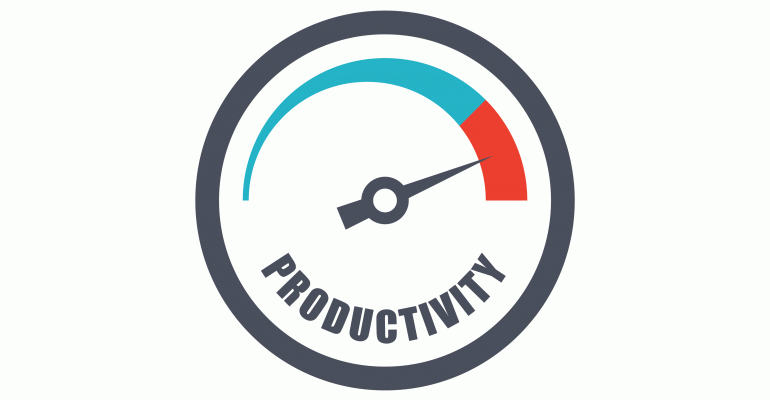This guest post is courtesy of Phil White with Novell Coffee. For more good reading on basic necessities for meetings that all too often can be overlooked, check out Six Ways to Keep Attendees Comfortable and Improve Your Event on the Conferences that Work blog.
Against the mounting tide of flexible workers and increasing disgruntlement of the meeting-going workforce, it would be easy to discredit workplace meetings as a waste of time.
However, workplace meetings can be productive—if they’re held for the right reason and conducted in an efficient way. Here are some science-based ways you can ensure each group get together is as productive as possible.
1. Provide (at least) the basics
It’s no surprise that hunger and thirst can be major distractions for staff in meetings—we all know how difficult it can be to concentrate when bellies are rumbling! As ads for Snickers candy bars infamously say, “You’re not you when you’re hungry.” Food provides your attendees’ brains with glucose, the primary energy source they need to function, and without it, they experience mental fatigue and struggle to perform high-order “executive” functions like mental calculations and decision making.
With our bodies made up of 70 percent water LINK https://www.whitewaternow.com/the-real-cause-of-low-levels-of-productivity-at-work/ —and our brains being 85 percent water—it's no surprise that even mild dehydration can cause mood swings, and affect cognition, concentration, and the general ability to think clearly. Arm your staff with the fuel they need to focus by keeping water within reach and consider providing something a little extra like Nespresso-compatible coffee pods, fresh juice, and a light bite like energy-packed fruit to keep hunger and thirst at bay.
2. Keep it short
Most meetings tend to run for far longer than necessary—really, that two-hour talk could have been summarized in 10 minutes. Meetings should be concise and without distraction. They should follow a prewritten agenda, and they should work towards a specified end goal. Of course, humor can improve morale and help your talk flow more smoothly, but even a well-timed joke will only hold attention for so long.
With a recent study by Microsoft suggesting humans now have shorter attention spans than goldfish, it makes sense that we struggle to stay awake—never mind focused—when we’re subject to full-day meeting sessions. The TED 18-minute rule hits the nail on the head, as curator Chris Anderson puts it: “[18 minutes] is long enough to be serious and short enough to hold people’s attention.”
3. If you can’t keep it short, provide regular breaks
Not all meetings can be limited to 15 minutes. If you’re unable to shorten your discussion, make sure you enforce regular breaks for the entire team. Taking a break roughly every 45 minutes might mean that the overall time of the meeting will be longer, but it also means your team is far more likely to stay focused throughout.
Science tells us that we can work pretty well on a single task for up to an hour, but stretch much beyond that and our focus can begin to drift. When we’re focused on a single task for an extended period of time, it can be difficult to think clearly, making processing information trickier over time. As we struggle to take on new information, our brains continue to burn energy at a rapid rate, leading to fatigue—which explains why so many of us have to fight to keep our eyes open in meetings. When you take a break, you give your brain time to return to a more relaxed state, which means you’ll return to the meeting with a fresher and clearer mind. Whether it’s five minutes of fresh air, 10 minutes of listening to music, or just getting up to grab a cup of tea, time away from the meeting space will leave attendees focused and ready to tackle the next session.
4. Make the most of natural light
It’s a well-known fact that we work best when we’re exposed to natural light LINK https://www.psychologytoday.com/blog/the-athletes-way/201306/exposure-natural-light-improves-workplace-performance. Natural light not only improves productivity, but also our overall health and ability to sleep, so it’s not hard to see why being locked into windowless conference rooms for long periods can make employees miserable.
With so many conflicting ideas on productivity, it can be hard to figure out which will work best. Fortunately, science doesn’t lie. From study-led facts on natural light to basic biology on brain functioning, it’s clear that there are proven ways to improve productivity, not only meetings, but the workplace in general.
Phil White is managing director at Novell Coffee, which provides Nespresso compatible capsules—another option to keep staff fueled and focused during staff meetings—to coffee lovers in the U.K. and beyond.





